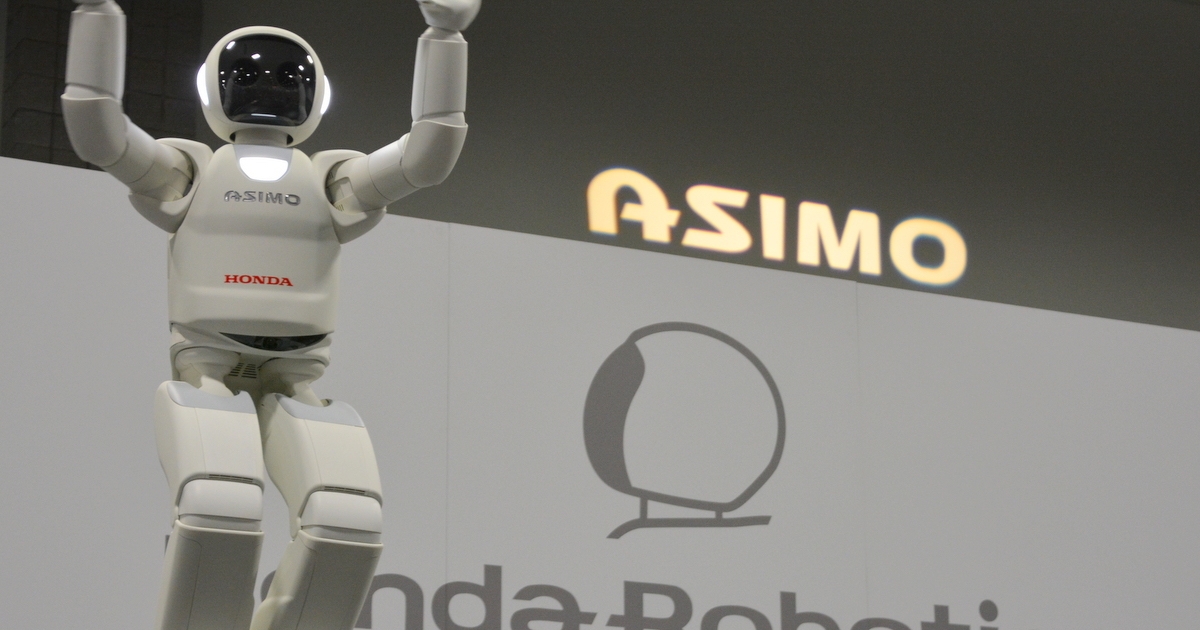Development of Asimo began in 1986 (!), and the current version of Asimo was announced in 2011, which is still a long time ago in robot years. For most of those years, Asimo has been unchallenged as an example of Honda’s cutting-edge robot engineering. It could climb stairs, run, and even hop on one foot, all very difficult tasks for (relatively) large humanoid robots. Asimo may not have competed in the DARPA Robotics Challenge, but compared to those robots, it was still smooth, capable, and futuristic looking, and Honda was fine with that.
However, over the past year or so, humanoid robots from Boston Dynamics (and other folks as well) have started demonstrating capabilities that Asimo can’t hope to match. And if you see Asimo’s standard demo today after having watched the latest Atlas videos, you may come away slightly disappointed—the only new skill that Asimo has added recently is that it dabs, which, while I don’t claim to know what dabbing is, doesn’t look all that difficult. Honda had long called Asimo “the world’s most advanced humanoid robot,” but that’s now very much in doubt.
Honda had to make a decision: Do they create a new generation of Asimo to try (and quite possibly fail) to keep ahead of the state-of-the art in humanoid robotics, or do they instead embrace the fact that robotics technologies are getting more useful and practical, and instead invest in robots that can actually do stuff in the real world, not just on a demo stage?
In that context, the answer seems clear. It’s also possible that the Fukushima disaster played some role in this shift in perspective for Honda—Asimo, and Japanese robots in general, took some flack for being very sophisticated but not actually able to help out when it really mattered.
Put all of these things together, and Honda’s robotics research trajectory over the last several years makes complete sense:
July 2013: Honda Developing Disaster Response Robot Based on ASIMO
October 2015: Honda Using Experimental New ASIMO for Disaster Response Research
October 2017: Honda Unveils Prototype E2-DR Disaster Response Robot
From the look of things, Honda has been shifting its focus towards humanoid disaster relief for years now, and it’s interesting that their initial concepts were very Asimo-y, but that their most recent prototype completely abandons both the Asimo name and aesthetic, even as you can still easily identify some of the Asimo technology that makes E2-DR move the way it does. To be honest, I’m way more excited to see what Honda can do with E2-DR than I’ve ever been for Asimo—with Asimo, there was always this understanding that it would never be real-world useful, but E2-DR has much more potential.
Asimo was always a placeholder for Honda, a demonstration of what robots could potentially be, sometime in the future. We’re going to miss seeing it do cool new things. But now that robotics is starting to trade potential for realistic capabilities, it’s time for Honda to concentrate on what matters most: not just good demos, but useful, helpful robots that can make our lives better.
[ Honda ]
